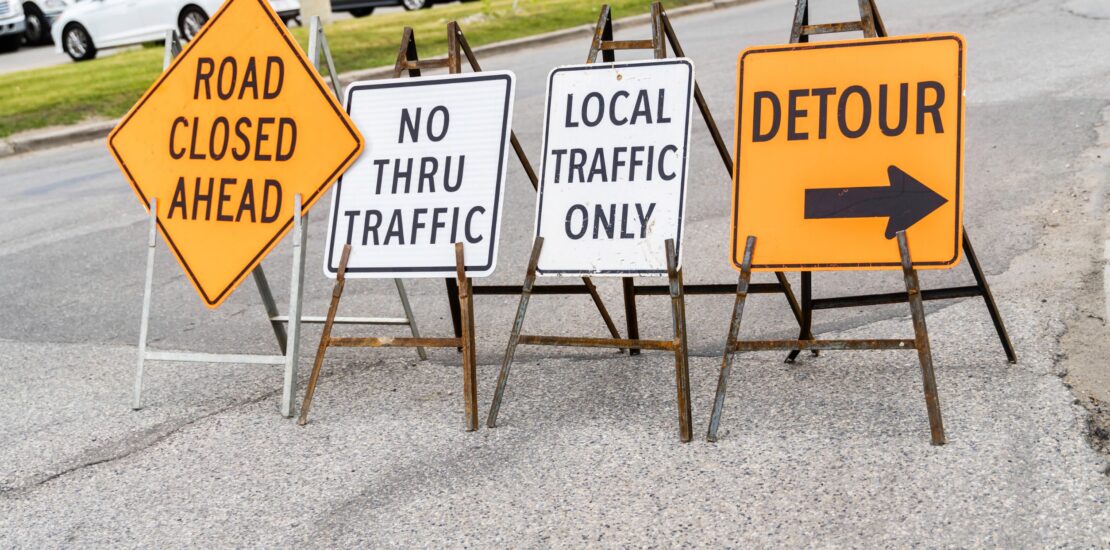sales excellence
-
Was the Easter Sermon About Salespeople?
- April 1, 2024
- Posted by: Dave Kurlan
- Category: Understanding the Sales Force

As someone who for thirty-eight years has led a sales consultancy specializing in sales, sales management and sales leadership training, I can easily say the exact same things about people “who belong” to the sales profession. They should be attending at least weekly training. They should be practicing their profession as we practice our faith. They should be reading about sales. But most in the sales profession are content to sit on the sidelines, and attend training only when the company forces them to. More and more, we are seeing:
-
Sales Process for the Anti-Sales Process Crowd
- January 31, 2024
- Posted by: Dave Kurlan
- Category: Understanding the Sales Force

You can look at sales process any way you want but if what you want are more consistent, predictable results, in a framework that supports sales coaching, then you want a customized, formal, milestone-centric, customer-focused sales process and scorecard!
-
Rainforests and Torn ACL’s Provide Insight into Effective Selling
- July 17, 2023
- Posted by: Dave Kurlan
- Category: Understanding the Sales Force

Only Dave Kurlan can take a torn ACL, rainforests and climate change and use those as analogies for sales effectiveness!
-
Resistant Salespeople Can Prevent Consistent, Strong Sales Results
- June 27, 2023
- Posted by: Dave Kurlan
- Category: Understanding the Sales Force

CEOs and Sales Leaders whose salespeople aren’t responding need to understand that their veteran salespeople are the same as my son when he was thirteen.
-
How to Easily Motivate and Incentivize Sales Pipeline Building
- June 20, 2023
- Posted by: Dave Kurlan
- Category: Understanding the Sales Force

Music motivates me to do what I otherwise don’t really want to do. But while everyone is different, I’ve seen music work as a motivator for others too.
-
Use Music to Understand the 12 Criteria Prospects Use to Buy from Salespeople
- June 12, 2023
- Posted by: Dave Kurlan
- Category: Understanding the Sales Force

Yesterday, while watching our son play in a summer collegiate baseball game, I missed a step and tumbled all the way down the bleachers. Isn’t that a great analogy for what happens when you miss, or skip a crucial step in the sales process? More than half of all salespeople are missing and skipping important milestones in the sales process each and every day and their egos get more bruised from failing to close those opportunities than my body got bruised from my not so thrilling adventure to the ground.
-
The Irony of Free Passes for Under Performing Salespeople
- October 21, 2022
- Posted by: Dave Kurlan
- Category: Understanding the Sales Force

A typical US sales team consists of 15 people, including a Sales VP, 2 Regional Sales Managers, and 12 salespeople. Of course, there are exponentially larger and smaller sales teams, but this is the version that we most frequently encounter. This team will have no more than 3 performing salespeople, another 3 who sometimes hit their numbers, and 6 who chronically under-perform.
Let’s assume that the salespeople who are ranked 10-12 are not just under-performers, but pathetically ineffective salespeople. At the end of the year, they receive their annual review – the equivalent of an arrest and release – and are back on the street to underperform for another year, making the company both both the victim and the enabler. This is insanity!
-
How to Get Your Audience to Fall in Love With Your Virtual Event
- April 9, 2021
- Posted by: Dave Kurlan
- Category: Understanding the Sales Force

-
How to Use Buckets to Improve Sales Performance and Coaching
- February 19, 2021
- Posted by: Dave Kurlan
- Category: Understanding the Sales Force

Buckets are important, especially when you’re attempting to coach up a salesperson or even improve your own sales performance. If you don’t have the OMG evaluation at your fingertips and can’t lookup the scores in 21 Sales Core Competencies, or see which attributes need to be improved, you’ll need to think in terms of buckets.
When salespeople are struggling, there are five primary buckets to consider:
-
The Top 10 Sales Articles of 2018
- December 13, 2018
- Posted by: Dave Kurlan
- Category: Understanding the Sales Force


